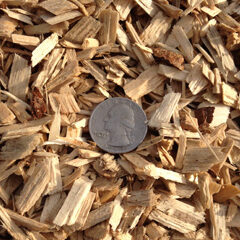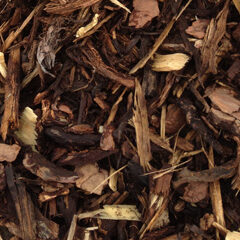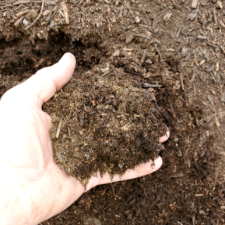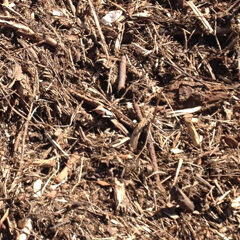Converting square footage to cubic yards
Square footage is the number of 1-foot squares that will fit into a given space. (Also see our Cubic Yard Calculator above)
Since most construction measurements are in square feet, you need to convert your measurement to cubic yards, which is how many landscape products are sold in bulk.
Fortunately, converting square feet to square yards is a simple calculation, made even easier by numerous online converters.
1st. Measure the length of one side of the space.
For example, assume a rectangle with a length of 15 feet.
2nd. Measure the width of the space.
For example, assume the rectangle’s width is 12 feet.
3rd. Multiply the rectangle’s length by its width to determine the area in square feet.
For example, multiply 15 feet by 12 feet to yield an area of 180 square feet (15 x 12 = 180).
4th. Divide the square footage of the rectangle by 27 to convert to cubic yards:
180 square feet divided by 27 yields 6.66 cubic yards (180 / 27 = 6.66).
Why divide the square footage by 27? Because there are 27 cubic feet in 1 cubic yard.)
5th. If less than 1 foot of material is needed to cover the area, say 6", divide the 1 foot depth number by 2 to get the number of cubic yards to cover the area 6” deep, divide by 1.5 to get the number of cubic yards to cover the area 8" deep, and so on.
(6.66 / 2 = 3.33 yards needed to cover your area to a depth of 6")
(6.66 / 1.5 = 4.44 yards needed to cover your area to a depth of 8")
Determining the square footage of a circle can be useful when purchasing materials.
The conversion of a given circle diameter to square feet uses a simple formula for determining the area of a circle. This can be useful for deciding how much wood product is needed to cover an area since some areas are not square.
The formula for the area of a circle is the radius squared multiplied by the constant pi, or 3.14. Many calculators include the constant pi on one key, eliminating the need to remember it.
1st. Measure the diameter of the circular area in feet using a tape measure.
The diameter is a straight line that passes through the center of a circle. For example, assume the diameter of the circular area to be 12 feet.
2nd. Divide the length of the diameter measurement by 2 to find the radius (12 / 2 = 6).
The radius is 6 feet.
3rd. Multiply the radius by itself to square the number (6 x 6 = 36).
Multiply the result by pi (use the button on the calculator) or 3.14159 (36 x 3.14159 = 113.1). The result is the area of the circle in square feet – 113.1 square feet.
4th. Divide this number by 27 (# of cubic feet in a cubic yard) to find how many yards will be needed to cover your area to a depth of 1 foot.
5th. Divide the 1-foot depth number by 2 to get the number of cubic yards to cover the area 6” deep, and so on.
113.1 / 27 = 4.18 cubic yard needed to cover the area to a depth of 1 foot.
*** With all measurements and calculations it is better to round up to compensate for irregularities in the area and/or depth. ***
About Us
Utah Yard Bark natural Utah Wood Products was established in 2000 to fill the need for bulk deliveries to residential, business & commercial sites of all natural engineered wood chips for use in play areas. Read more...
Based out of Provo Utah
Phone: (801) 810-5185
Our Services
Utah Yard Bark offers a wide variety of landscaping bark products that will fit all your landscaping needs.




